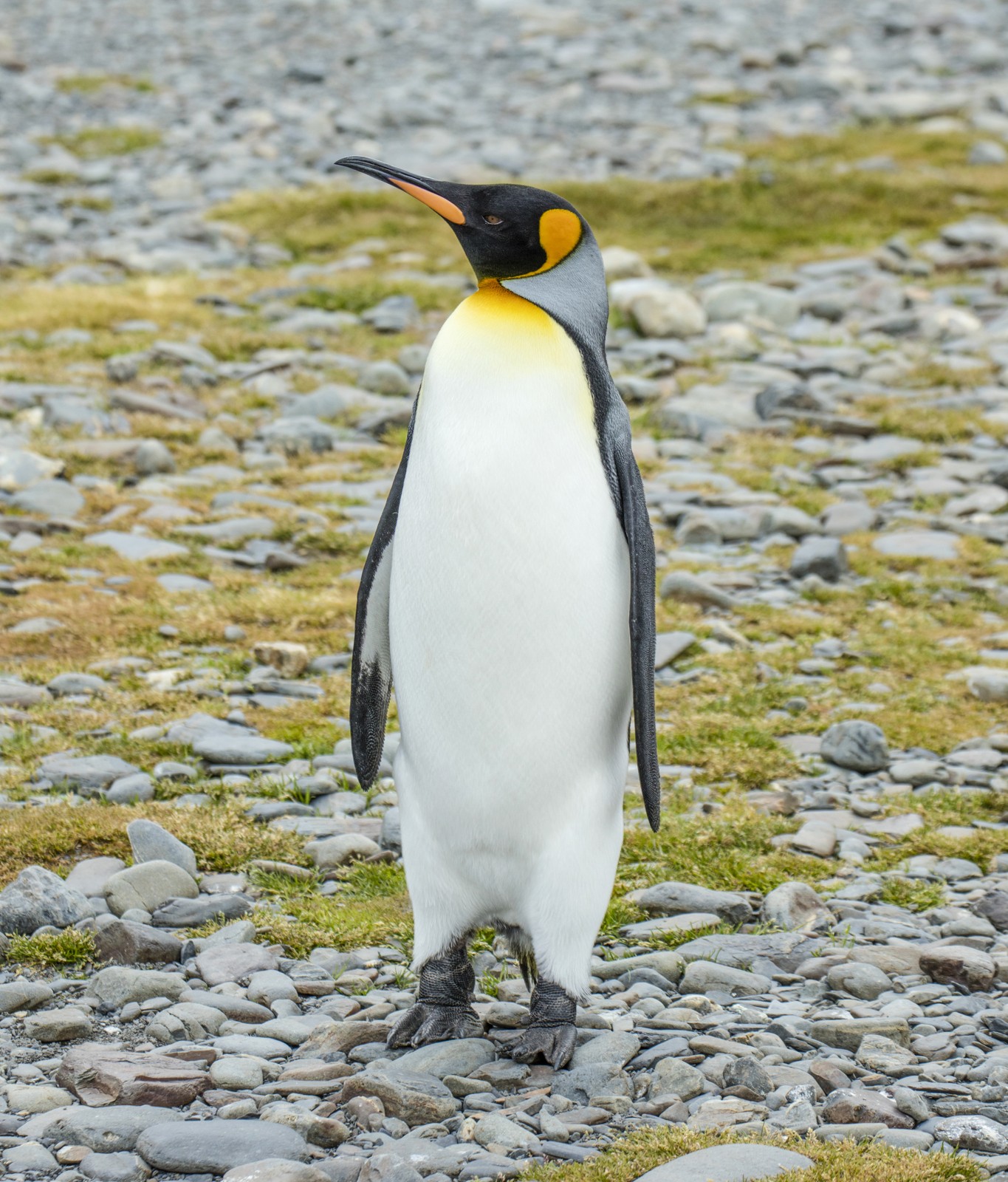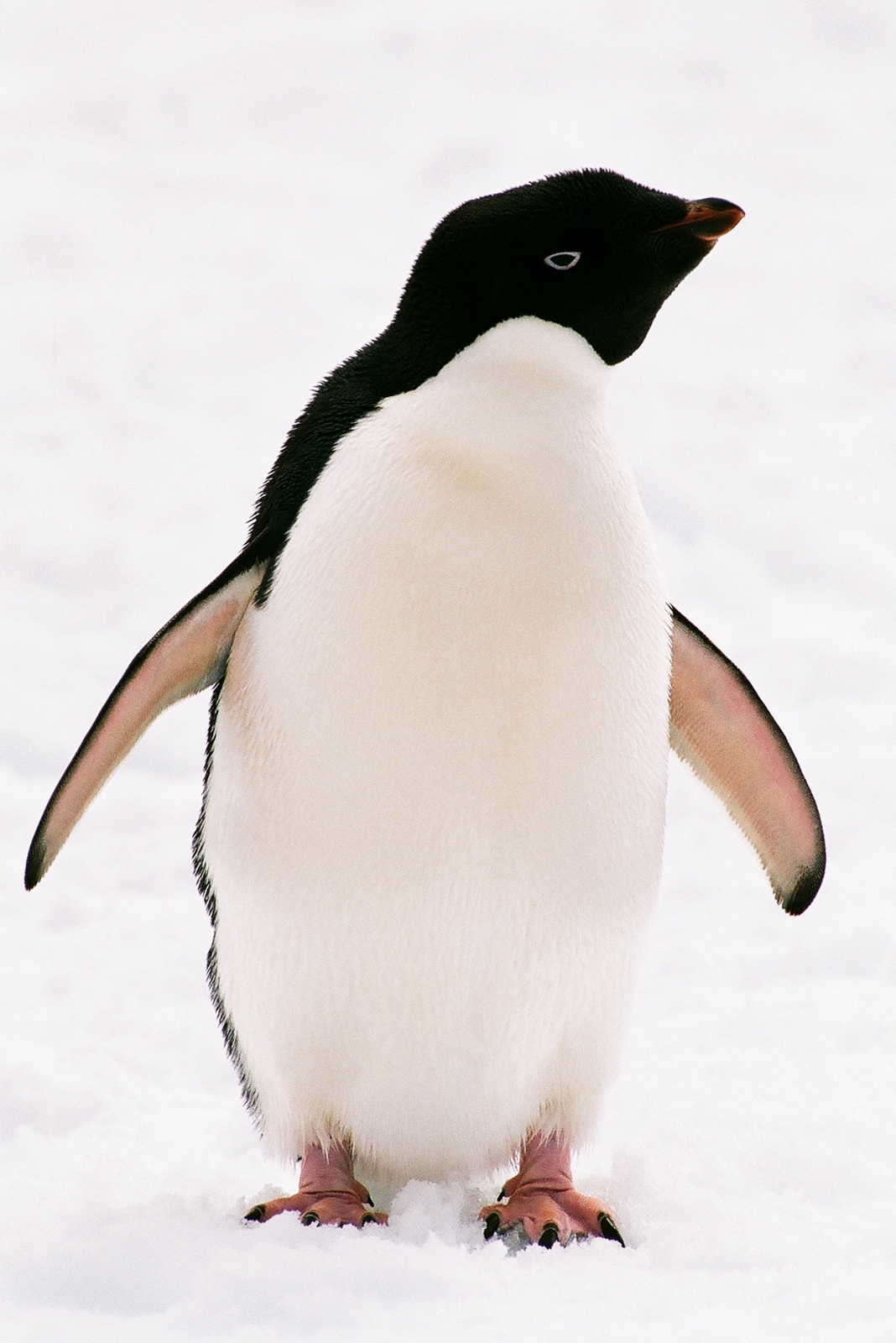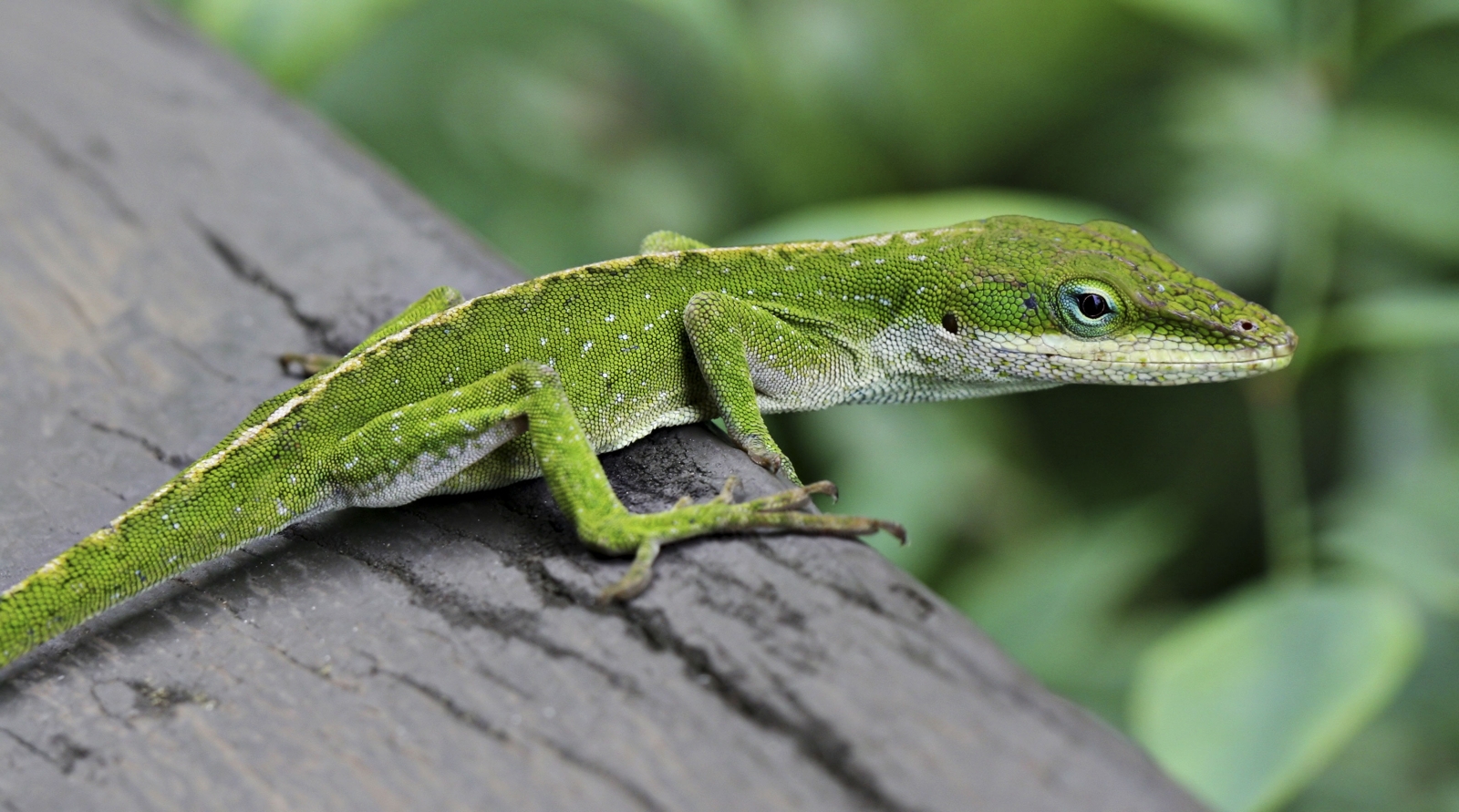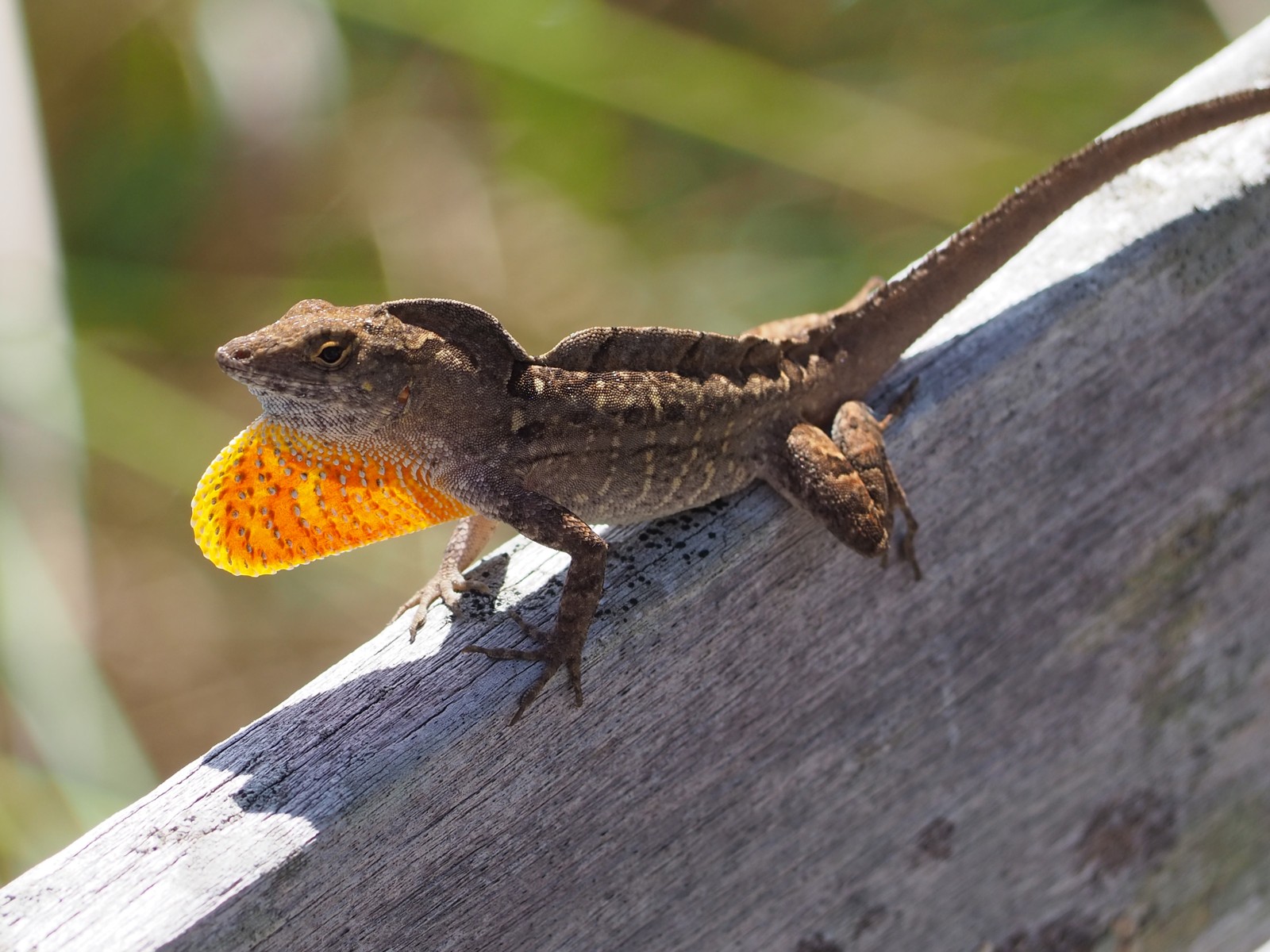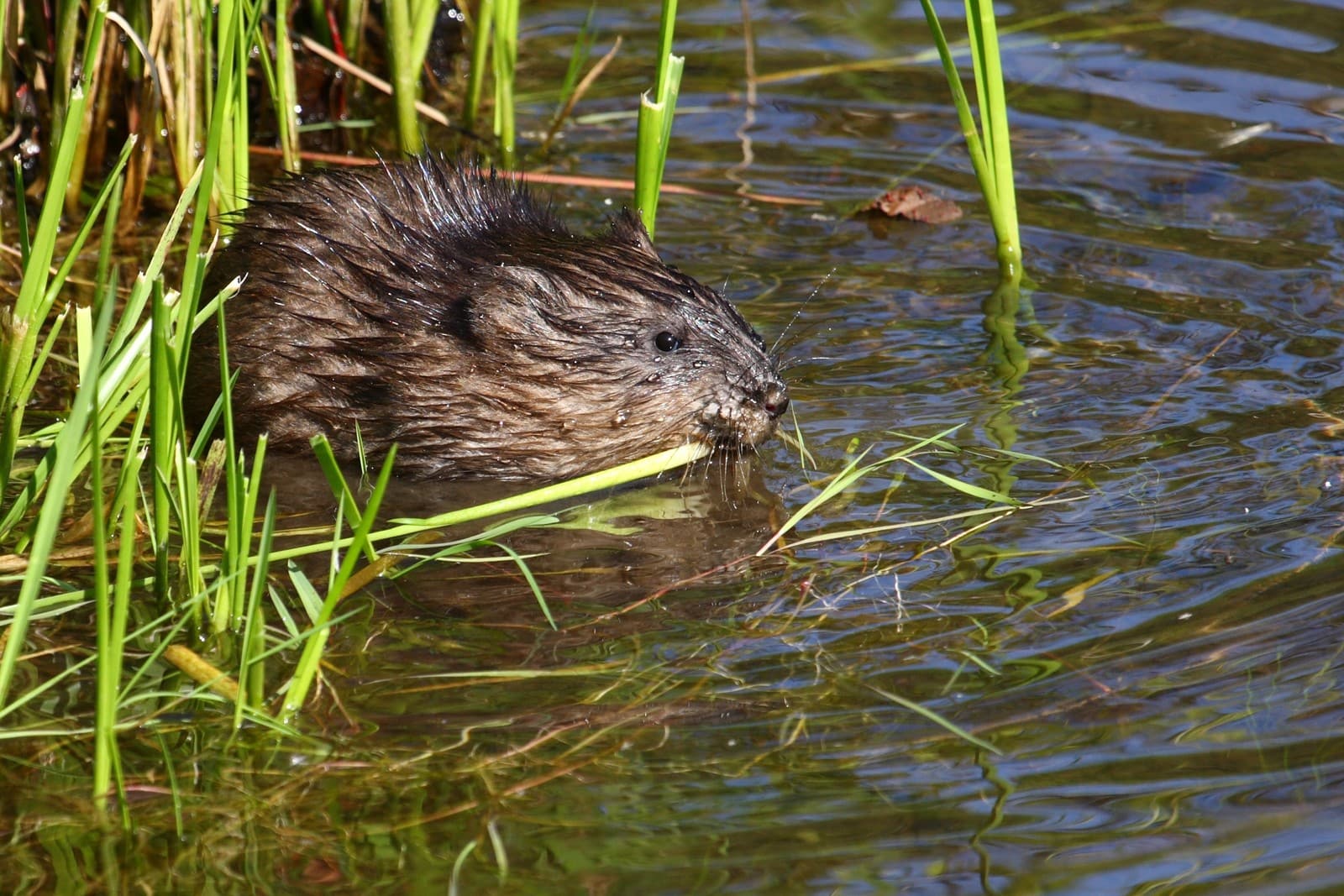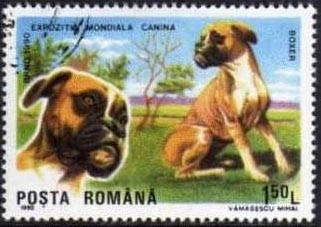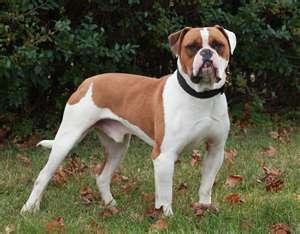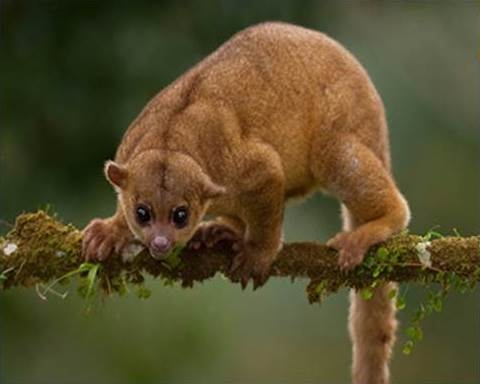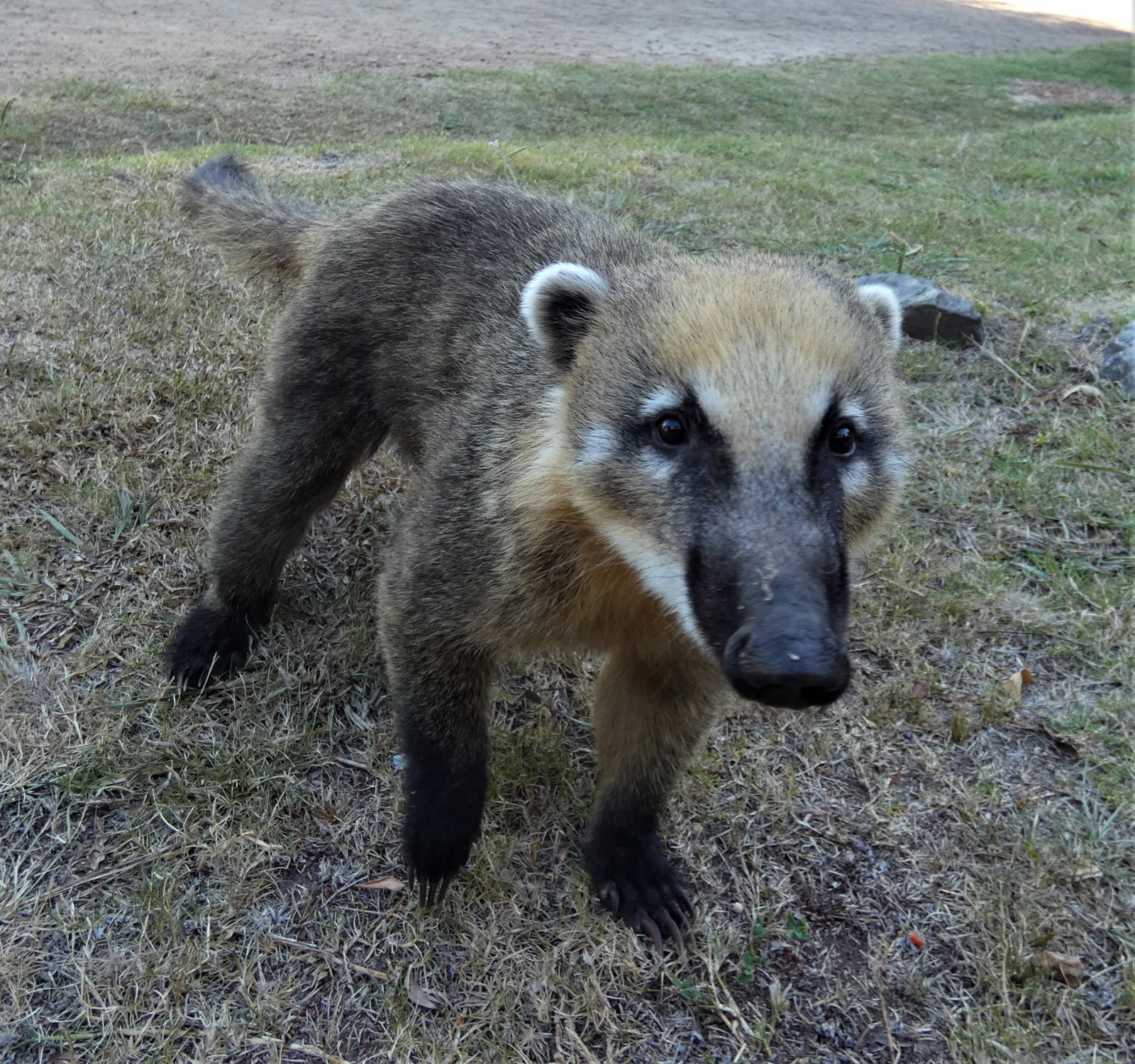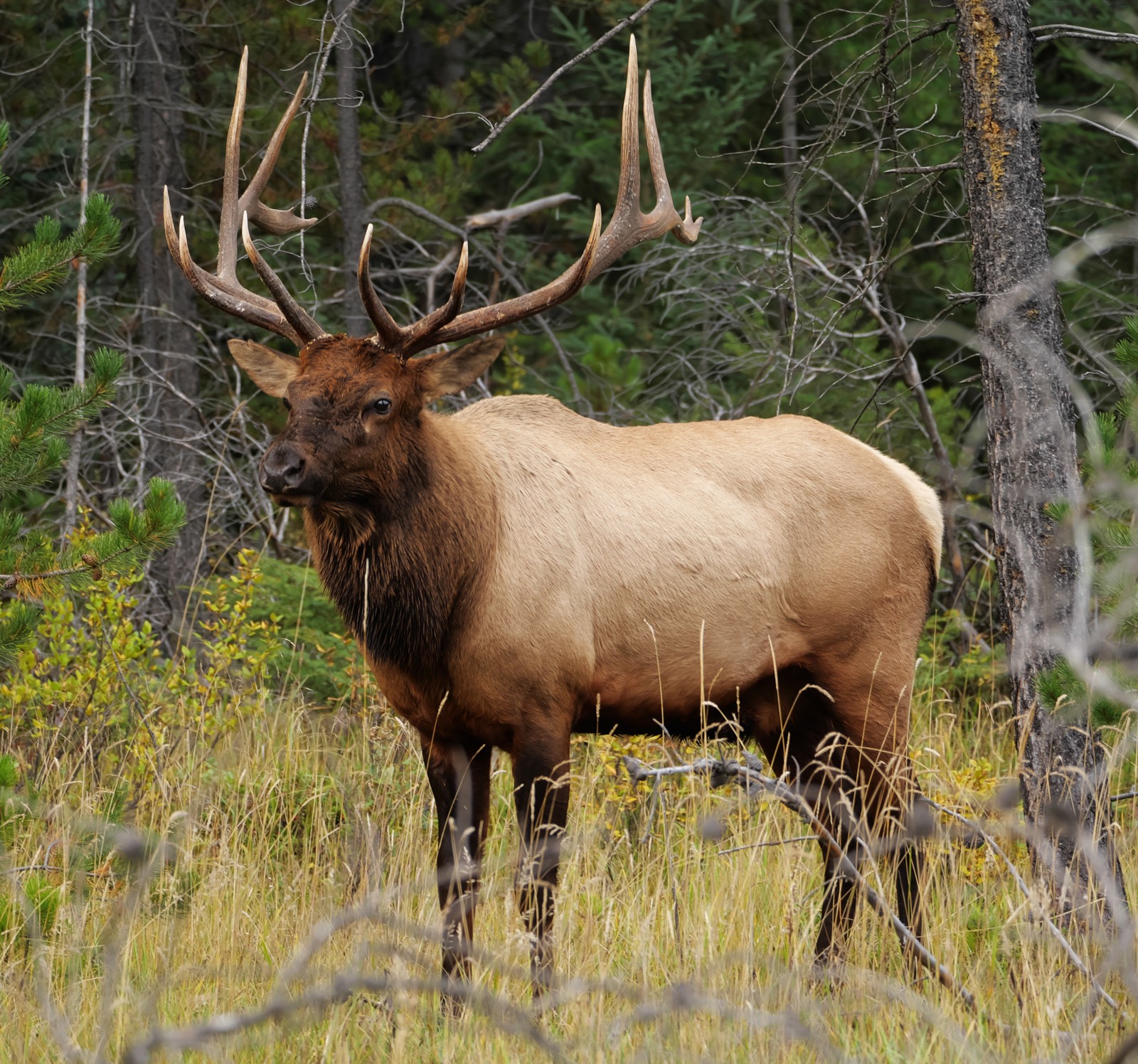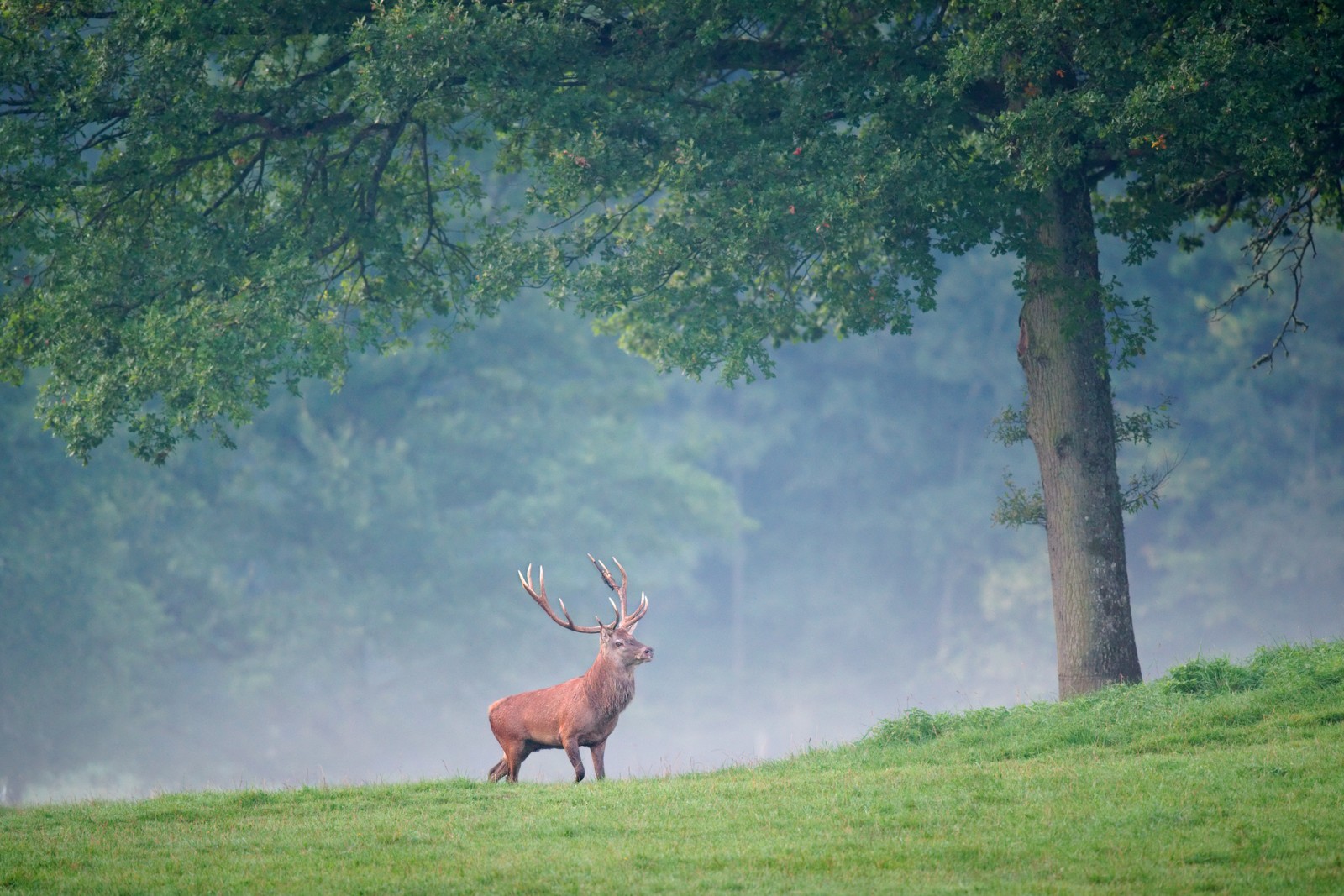Emperor Penguin vs King Penguin: A Complete Comparison
When comparing Emperor Penguin vs King Penguin species, size is the most notable difference. Emperor Penguins reign as Antarctica’s largest penguins, standing 45 inches (115 cm) tall and weighing up to 88 pounds (40 kg). King Penguins, while still impressive, reach heights of 39 inches (100 cm) and weigh up to 35 pounds (16 kg).
Beyond size, these regal birds differ significantly in their breeding locations and cycles. Emperor Penguins brave the harsh Antarctic winter for breeding, while King Penguins inhabit sub-Antarctic islands and maintain a unique 14-month breeding cycle. Let’s explore how these magnificent species compare across various aspects of their lives and behaviors.
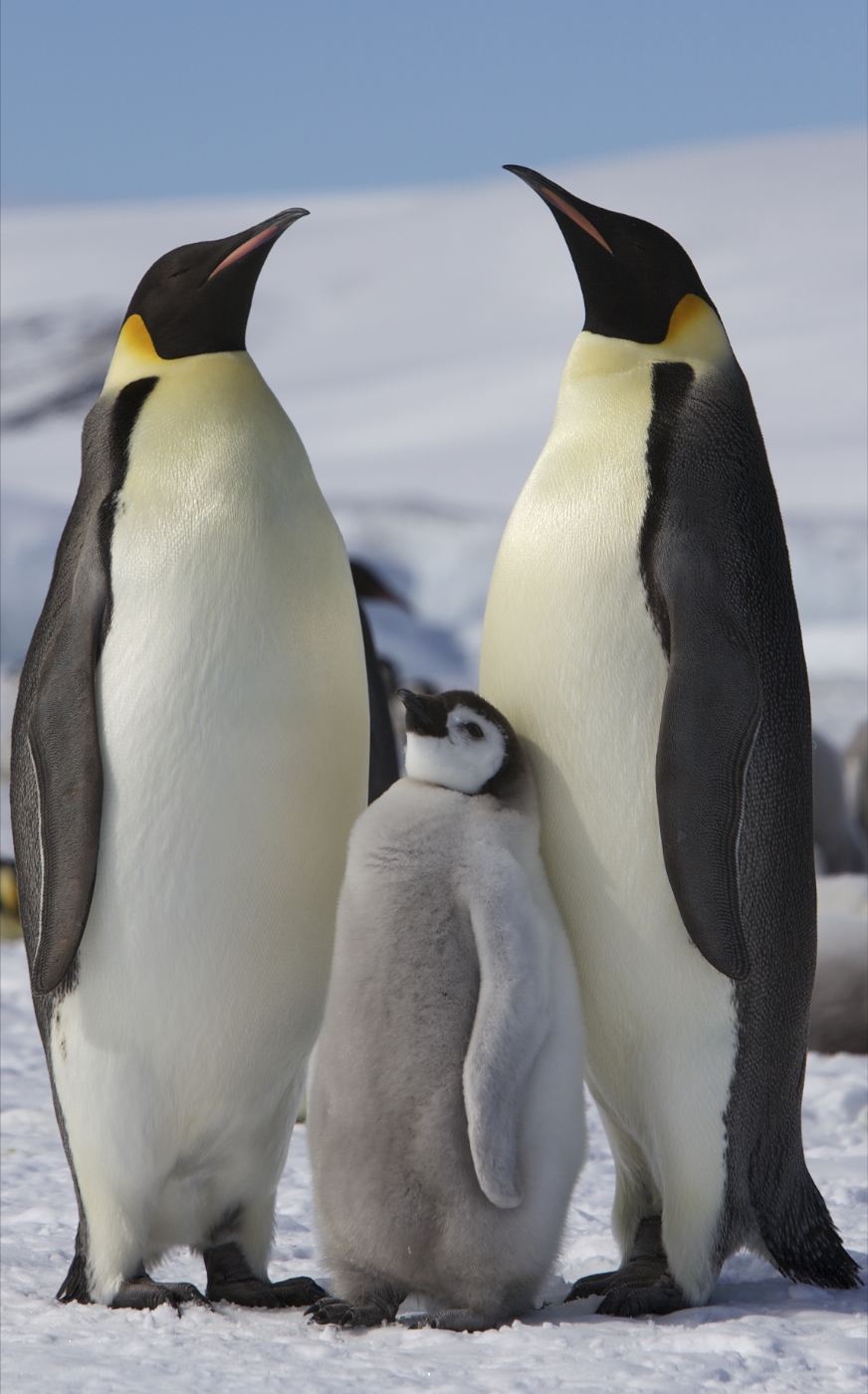
© Ian Duffy from UK / CC BY 2.0
Emperor Penguins demonstrate remarkable adaptation to extreme cold, with their distinctive size and yellow-gold neck patches setting them apart from their royal cousins. These magnificent birds are the only penguin species to breed during the Antarctic winter, showcasing extraordinary endurance in temperatures reaching -76°F (-60°C).
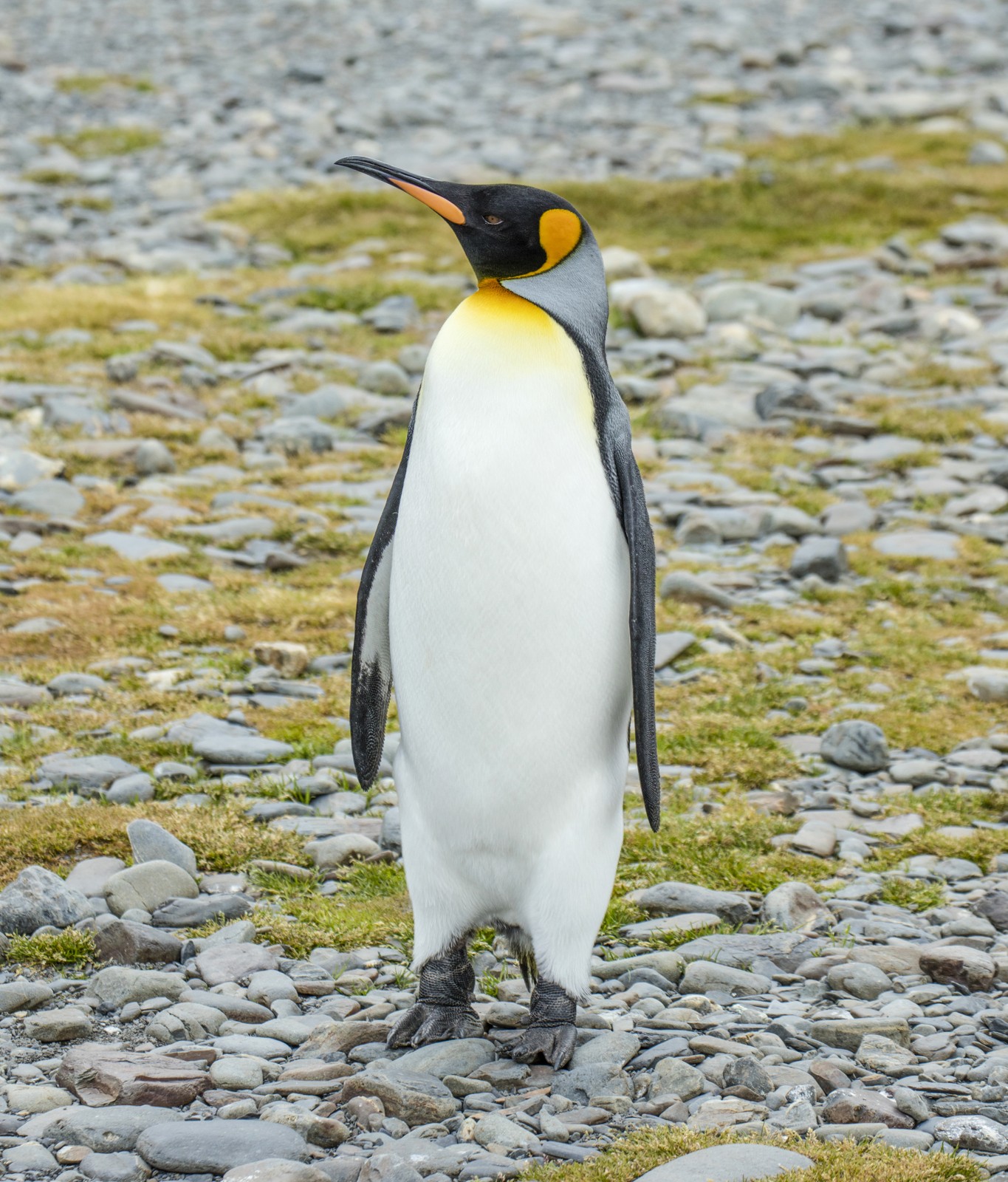
© Godot13 / CC BY-SA 4.0
King Penguins display striking orange-gold ear patches and throat coloring, distinguishing them from Emperor Penguins’ more subtle yellow markings. Their habitat preference for sub-Antarctic islands allows them to maintain a unique breeding cycle without enduring the extreme conditions faced by their larger relatives.
Key Differences: Emperor Penguin vs King Penguin
| Feature | Emperor Penguin | King Penguin |
|---|---|---|
| Height | 45 inches (115 cm) | 39 inches (100 cm) |
| Weight | 88 pounds (40 kg) | 35 pounds (16 kg) |
| Breeding Location | Antarctic continent | Sub-Antarctic islands |
| Breeding Season | Winter | Year-round |
| Incubation Period | 65-75 days | 54-55 days |
| Colony Size | Up to 25,000 pairs | Up to 100,000+ pairs |
Habitat and Distribution
Emperor Penguins are true Antarctic specialists, breeding exclusively on the continental ice sheets of Antarctica. They form colonies in areas where sea ice remains stable year-round, crucial for their winter breeding strategy. These locations typically lie between 66° and 77° South latitude.
King Penguins, alternatively, inhabit sub-Antarctic islands between 45° and 55° South latitude. Major breeding colonies exist on South Georgia, Crozet Islands, and Prince Edward Islands, where they prefer ice-free areas with easy access to the ocean.
Breeding and Reproduction
Emperor Penguin Breeding Cycle
- Breeds during Antarctic winter (March-December)
- Single egg laid and incubated on feet
- Male incubates for 65-75 days without feeding
- Chicks fledge in summer (December-January)
King Penguin Breeding Cycle
- 14-month breeding cycle
- Can produce two chicks every three years
- Shared incubation duties between parents
- Chicks form crèches during winter
Diving and Feeding Behavior
Emperor Penguins demonstrate superior diving capabilities, reaching depths of 1,800 feet (550 meters) and staying submerged for up to 20 minutes. Their diet consists primarily of Antarctic silverfish, krill, and squid.
King Penguins typically dive to depths of 330 feet (100 meters), though can reach 1,000 feet (300 meters). They feed mainly on lanternfish and squid, hunting in the Antarctic Polar Frontal Zone where warm and cold waters meet.
Conservation Status
Both species face challenges from climate change, but their situations differ:
Emperor Penguins:
- Listed as Near Threatened
- Population: 270,000-280,000 breeding pairs
- Major threat: Sea ice loss due to global warming
King Penguins:
- Listed as Least Concern
- Population: 2.23 million breeding pairs
- Primary challenges: Commercial fishing and habitat disruption
Who Would Win in a Confrontation?
While neither species is naturally aggressive toward the other, Emperor Penguins would likely dominate in a theoretical encounter due to their:
- Larger size and weight advantage
- Greater physical strength
- Superior cold-weather adaptations
However, such confrontations never occur naturally as their breeding territories don’t overlap.
Through millions of years of evolution, both Emperor and King Penguins have developed unique adaptations perfectly suited to their respective environments. While they share many characteristics as close relatives, their distinct breeding strategies and habitat preferences showcase the remarkable diversity within penguin species.
